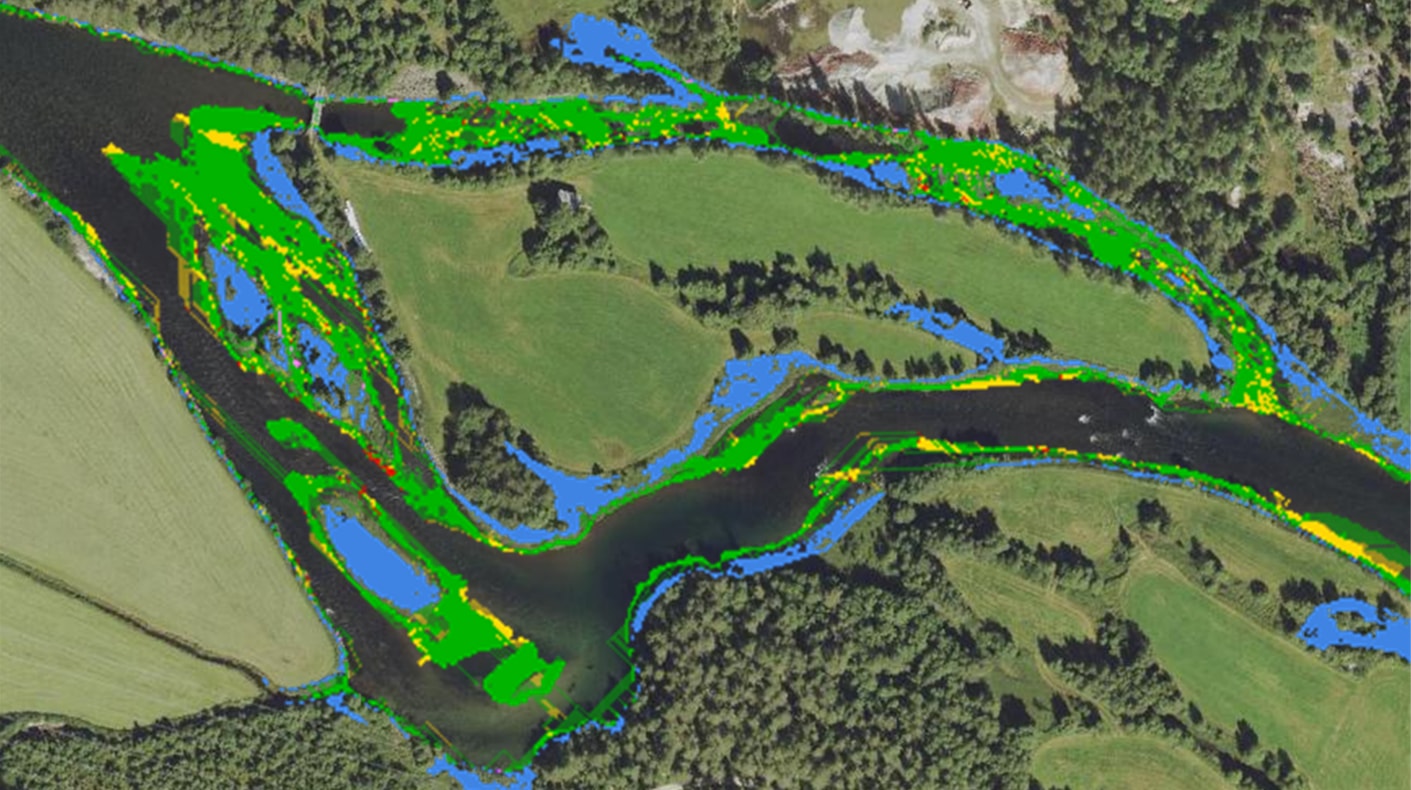Keywords
Hydropeaking, Ecohydraulics, Stranding, Particle Image Velocimetry, Larval Fish
Description
Human use of river systems is increasingly affecting their value as habitats for fish. Major impacts arise from modifications of river courses and from hydropeaking, the unnaturally high discharge rates from reservoirs. Yet we do not know enough about fish behaviour to predict and mitigate the impact on fish populations. Stranding is one of the effects and occurs under hydropeaking conditions when fish are trapped in emerging riverbanks and bars. Laboratory and field experiments examined the impact of different biotic and abiotic variables on the number of stranded fish. However, these experiments are unable to address hydraulic parameters varying strongly within the study site. Such fine-scale hydraulic variation may carry important cues for fish to detect a receding water line and relocate in time. Hence, by quantifying fine-scale hydraulics at the stranding location of fish we can address open scientific questions: What (hydraulic) conditions affect the stranding rate? Which variables should be considered to describe stranding risk?
Stranding experiments with wild brown trout larvae were conducted at the Hasliaare River in 2019 and 2021 in which a known number of larvae were released at high flow in a confined area at the riverbank. Here, not only the number but also the precise location of stranded larvae was documented. Additionally, biotic and abiotic variables potentially governing stranding were recorded. However, the relation between stranding location and local hydraulic conditions remains unknown.
Skills you will learn
The project will apply advanced hydraulic (i.e. Particle Image Velocimetry) and advanced statistical analyses. It will also enhance the student’s knowledge of fish ecology and movement behavior.
Goal
The goal of the Master Project is to quantify the hydraulic variables with high resolution from the available raw data and to statistically assess their relevance for stranding.
Project start
Anytime
Location
Environmental Microfluidics Laboratory, IfU, D-BAUG (ETH Zurich, Hönggerberg campus)
Project type
This project is also available as a Master Thesis with an extended statistical analysis.
Contact details
Joël Wittmann joelw@ethz.ch
Dr. Luiz Silva lumartins@ethz.ch
